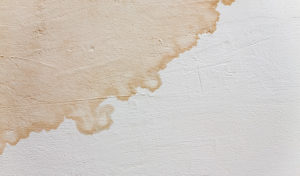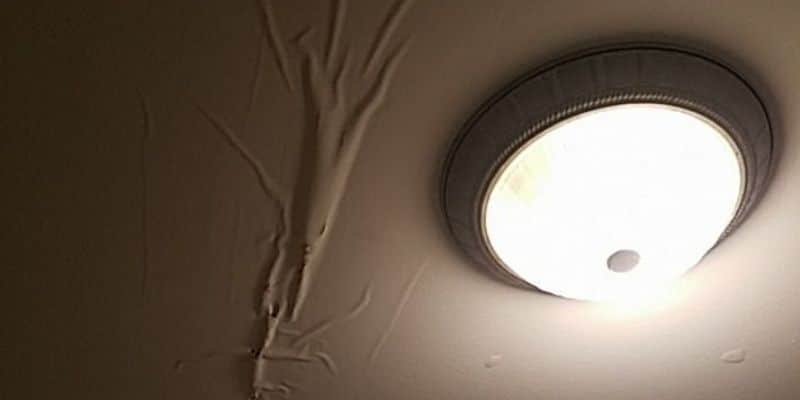Addressing Water Stains on Wall Surfaces: Assessments and Repairs Advice
Addressing Water Stains on Wall Surfaces: Assessments and Repairs Advice
Blog Article
They are making several great pointers relating to Water Stains on Walls in general in the article underneath.

Water stains on wall surfaces are not positive to the eyes. Occasionally it seems almost inevitable to experience water discolorations on walls in homes.
Home owners living in damp areas constantly handle the concern of water discolorations on wall surfaces. That doesn't have to be the case for you. With all-around as well as precise information on the reasons for water stains and punctual repair processes, you will constantly be a step ahead of such events. This write-up assures to be an useful overview for you.
3 Usual Reasons For Water Spots on Wall Surfaces
Contrary to popular belief, water stains on walls do not always come from bad structure products. There are a number of root causes of water discolorations on wall surfaces. These consist of:
Wet
When warm damp air consults with dry cold air, it causes water beads to base on the walls of buildings. This occurs in kitchens and bathrooms when there is heavy steam from cooking or showers. The water beads can discolor the bordering walls in these parts of your house and spread to other locations.
Damp or condensation affects the roofing system and walls of buildings. When the wall surface is damp, it produces an appropriate environment for the growth of fungi and also germs.
Poor Drain
This will certainly prevent water from permeating right into the wall surfaces. This links to excessive moisture that you see on the walls of your structure.
So, the leading root cause of wet wall surfaces, in this case, can be a bad drain system. It can also be due to poor management of sewage pipes that run through the building.
Pipeline Leaks
Many residences have a network of water pipes within the wall surfaces. It constantly raises the feasibility of such pipes, as there is little oxygen within the wall surfaces.
Yet, a drawback to this is that water leak impacts the wall surfaces of the building and also causes prevalent damage. A dead giveaway of defective pipes is the look of a water tarnish on the wall surface.
Pro Tip
A houseplant in your home likewise boosts its moisture. If the house is already moist, you might want to introduce houseplants with marginal transpiration. An example of ideal houseplants is succulents.
Water Stains on Wall Surface: Repair Tips
Home owners would typically desire a quick fix when dealing with water spots. Yet, they would certainly quickly realize this is detrimental as the water discolorations recur. So, here are a few handy tips that will certainly guide you in the repair of water spots on wall surfaces:
Final thought
Although no one intends to have water stains on walls in their residence, it can happen to the most effective of us. This article provides you take advantage of, as you currently recognize how to handle this mishap if it does happen.
It is always best to recruit expert services to assist fix the damages in your home.
In some cases it appears nearly unpreventable to experience water spots on wall surfaces in houses.
Contrary to preferred belief, water stains on wall surfaces do not constantly stem from bad structure products. There are several causes of water discolorations on walls. The water droplets can tarnish the surrounding walls in these components of your home as well as spread to various other areas.
Below are a couple of handy pointers that will certainly direct you in the repair of water discolorations on walls:
CHECKING FOR WATER DAMAGE
Water damage can be costly, and it may begin before you even notice the first signs of trouble. Water damage can cause mold and mildew in your walls and floors, which can create an abundance of health concerns for your family. It can also lead to costly repairs of various appliances and general home fixtures. To avoid the pricey consequences of water damage, here are Warner Service’s top 5 places you should check:
The walls – The easiest place to spot the beginnings of water damage is on the walls and ceilings of your home. If water damage is present, there will most likely be water stains, especially around the windows and doorframes, and/or cracks in the drywall. If a stain looks unusual (discolored to brown, black or gray, raised texture), has a swollen appearance or is soft to the touch, contact a professional immediately. The pipes – To avoid water damage, consistently check the pipes in your kitchen (especially the dishwasher and ice maker), bathrooms, laundry room (specifically washing machines) and basement for corrosion, leaks and water stains. Pay special attention to where the pipes connect in your home and the location of caulking around the bathroom fixtures, including toilets, sinks, showers and tubs. Missing or loose caulking and grout could be signs of leaking water. This seepage can also quickly cause mold and rust, so double check your water heater and tank for wet spots on the floor. The floor – Water damage is very easy to spot on the floor. Look for any warping or buckling of the material, especially in the basement. If your home has wood flooring, look for bright white or dark stains. If your home has carpeting, keep it dry and clean. A damp carpet that smells of mold could cause water damage and health problems. To avoid this, consider installing floor pans under your appliances to help prevent damages from small, slow and undetected leaks. The basement and attic – If your basement or attic smells odd check for mold and mildew around the area, especially the valley where the roof meets. While you are inspecting those areas, check for wall cracks, floor stains, rust and dampness in the insulation. If you live in a colder and/or rainier climate, perform routine checks for water damage from melting snow or ice and rain. The exterior – Check the roof for damaged flashing and missing, cracked or curled shingles. There should also be no standing water anywhere outside your home. This could be caused by puddles, leaky rain gutters or hoses, poor drainage, or short gutter spouts. Invest in a sump pump system or water flow monitoring system, and perform routine maintenance on these outdoor appliances to avoid indoor water damage.

Hopefully you enjoyed our topic on . Thank you for spending some time to read through our content. Appreciated our blog posting? Please share it. Let someone else find it. I am grateful for your time. Visit again soon.
Ensure plumbing integrity; reach out. Report this page